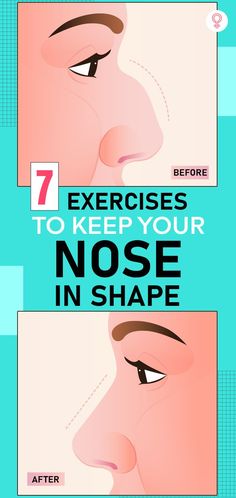Nose reshaping, also known as rhinoplasty, is one of the most popular cosmetic surgeries worldwide. Whether driven by aesthetic desires or medical needs, many individuals consider nose reshaping to enhance facial harmony or improve breathing. This article delves into the various aspects of nose reshaping, from the available techniques to the benefits and what patients can expect before, during, and after the procedure.
Types of Nose Reshaping Procedures
-
Cosmetic Rhinoplasty
- Aimed at altering the shape, size, or proportions of the nose to improve facial balance.
- Common changes include refining the nasal tip, reducing the hump on the bridge, or narrowing the nostrils.
-
Functional Rhinoplasty
- Focuses on correcting structural issues that impair breathing, such as a deviated septum.
- Often combined with cosmetic rhinoplasty for both aesthetic and functional improvements.
-
Revision Rhinoplasty
- Performed when patients are unsatisfied with the results of a previous nose surgery.
- Typically more complex due to the altered nasal anatomy from the first procedure.
-
Non-Surgical Rhinoplasty
- A less invasive option using dermal fillers to smooth out bumps or adjust the nasal shape.
- Ideal for those seeking minor changes without the commitment of surgery.
Benefits of Nose Reshaping
- Enhanced Facial Symmetry: Rhinoplasty can bring balance to facial features, boosting self-confidence.
- Improved Breathing: Functional corrections can significantly enhance airflow, leading to better sleep and overall health.
- Correction of Birth Defects or Injuries: Rhinoplasty can repair congenital disabilities or injuries that have altered the nose's appearance or function.
- Psychological Benefits: Many patients report increased self-esteem and satisfaction with their appearance post-surgery.
What to Expect Before, During, and After Surgery
- Consultation: The first step involves a thorough discussion with a qualified surgeon to determine the best approach based on your goals and medical history.
- Procedure: Depending on the complexity, rhinoplasty can be performed under local or general anesthesia and typically takes 1-3 hours.
- Recovery: Expect swelling and bruising around the nose and eyes, which usually subsides within two weeks. Full results may take several months to become fully visible as the nasal tissues heal.












